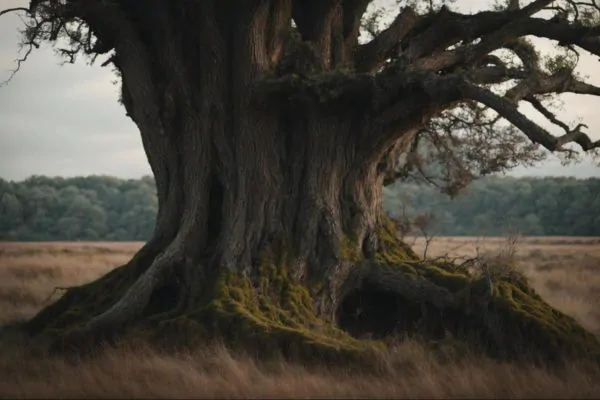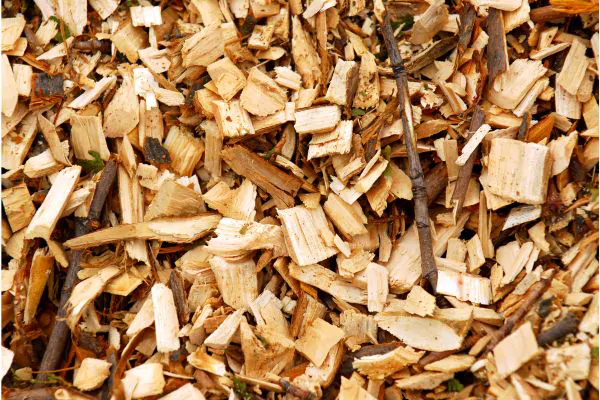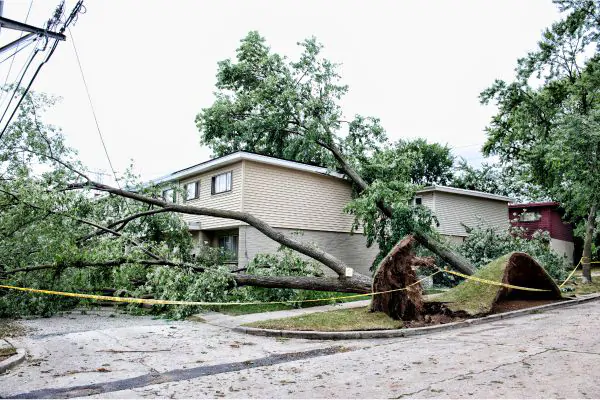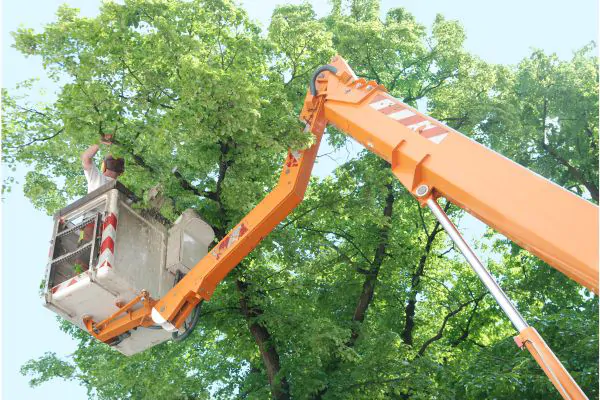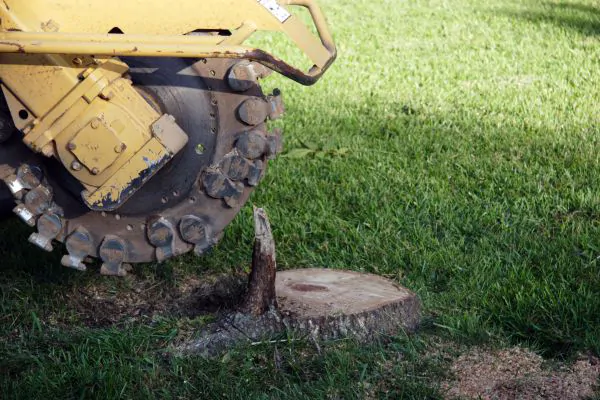Difference Between Mulch & Wood Chips
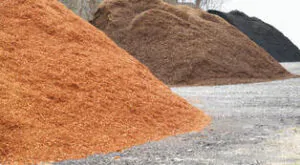
Most tree services include chipping and mulching your downed or pruned trees to provide you with the byproduct – mulch and wood chips. The benefits of using mulch and wood chips include maintenance and decorative design when gardening and landscaping.
Homeowners use these organic and inorganic materials to manage many plants and ornamental trees to nourish and protect various insects, among other things. However, the uses and applications of the two may overlap. Mulch and wood chips may be applied separately or together. Therefore, when considering the use while gardening, the definitions of wood chips and mulch differ significantly.
Mulch
Technically, mulch is any material applied on the surface of the soil around plants. Usually organic, mulch helps reduce water evaporation, stabilizes moisture, helps control weeds, maintains soil temperature in extreme conditions, prevents erosion, and prevents soil from clumping. Materials used as mulch vary and include both organic and synthetic substances. Organic mulches increase microorganism activity, which improves soil quality and lessens the clumping.
Types of Mulch
Many types of mulch exist. Some mulch that is organic include grass, hay, straw, bark, leaves, leaves, pine needles, shredded hardwood, compost, nut shells, coffee grounds, and wood chips. Any organic yard waste serves can also be used. Also, ground cover plants such as ivy and periwinkle also constitute types of organic mulch. Other mulches that are not organic include gravel, crushed stone, pebbles, plastic sheeting, rubber, artificial pine needles, and some cloth. As a type of organic mulch, wood chips are one of the many options available to gardeners seeking mulch variations. The wood chip mulch nature makes it suited to creating pathways through the garden and providing a mulching material to benefit your plants.
Woodchips as Mulch
Different types of mulch provide various benefits and drawbacks in the garden. Wood chip mulch, which consists of ground-up wood or bark pieces, is beneficial with trees, shrubs, perennials, and small fruiting species. It increases survival in small trees and helps prevent damage to such plants in areas with heavy rainfall. It is recommended to apply up to 4 inches of wood chip mulch in a diameter of 5 feet around a plant’s base. The level of mulch needed depends on the size of the plant, the deeper and broader area of wood chip mulch needed. The specific amount used also depends upon the size of the chips in the mulch.
It is essential to be educated when using woodchip mulch. Wood chip mulch can become dangerous to garden plants if not handled properly. When left in large piles for extended periods, wood chips suffer from a lack of circulating oxygen, or an anaerobic condition, resulting in acids, molds, and other harmful fumes. When dispersed in gardens, particularly in warm weather, these chips can produce toxins that may damage and kill your plants. If your mulch is bad then spread it out before adding it to your garden. The best explanation of wood chips defines them as the byproduct of wood chipping or breaking down bark and wood.
When considering tree service, be sure to discuss the benefits of recycling your trees for other uses such as wood chips and mulch.

